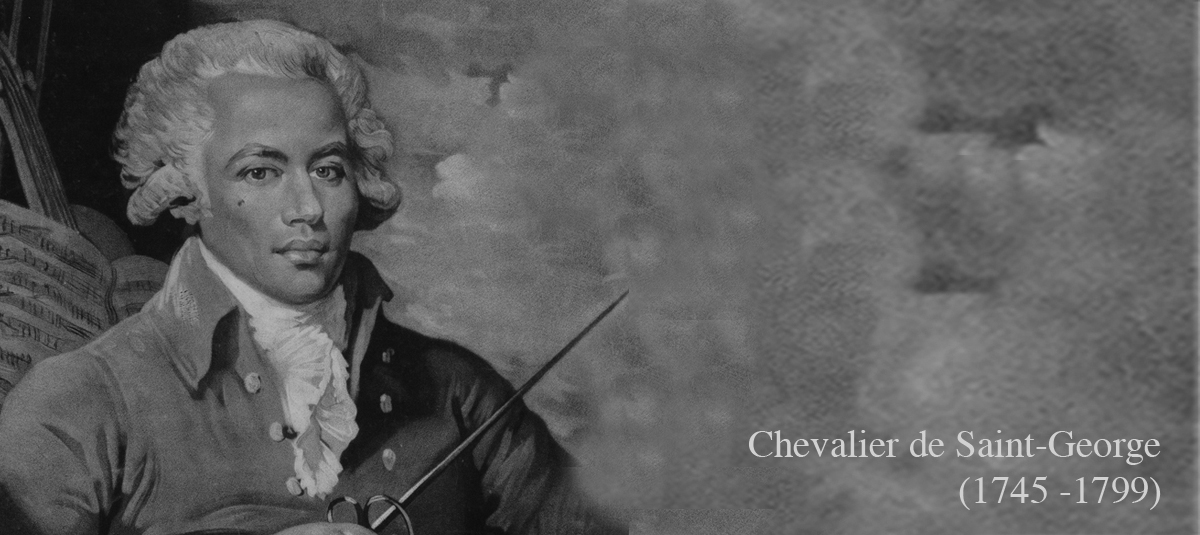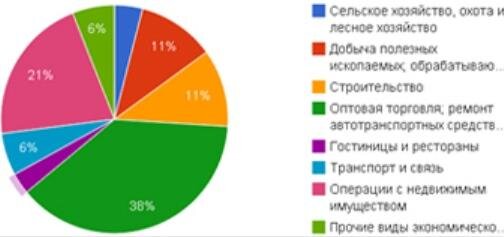
Bid Ask Definition
Contents

They are in the business of both buying and selling shares to and from other dealers. These large organizations quote the bid and ask prices and then make profit from the spread. It’s the money they derive for successfully and rapidly linking up buyers with sellers.

https://business-oppurtunities.com/ a similar story with the puts where the at-the-money and out-of-the-money puts have a tight spread, but the in-the-money spreads start to blow out. Let’s put theory into practice and look at the bid-ask spreads for various different underlying instruments. Let’s say we have an option that has a bid of $2.00 and an ask of $2.60 and we want to buy it. By the end you understand what they are, how to analyze them and learn what to look for to give you a higher probability of success with your trades.
Thus, to maintain effective functioning manage me guide to hot jobs and careerss, market makers quote both bid and ask prices when no orders cross the spread. In case you’re wondering, market makers have a duty to ensure efficient functioning markets by providing liquidity. On a more positive note, a wide bid vs. ask spread means a higher premium for the market makers.
- Small-cap equities, for example, may have smaller trading volumes and lower demand.
- We use terms like bid and ask to refer to the stock’ssupply and demandon the market.
- Even if you trade with limit orders, they can sit unexecuted on the bid or ask for days.
- Thus, the bid price would become $10.05, and the shares are traded until the order is filled.
Read all the scheme related documents carefully before investing. The Sector Rotation Strategy assumes investors invest cyclically their funds in predictable industries.This theory is… The Risk/Reward ratio is a measure of the potential profit potential of trade compared to its risk.It a very important…
A small cap company has a low market capitalization ranging between $300 million to $2 billion. Small cap investors have a high-risk, high-reward approach. Bid-Ask SpreadsThe asking price is the lowest price at which a prospective seller will sell the security. The bid price, on the other hand, is the highest price a prospective buyer is willing to pay for a security, and the bid-ask spread is the difference between them.
Bid, Ask, and Last Prices Defined
In contrast to those of other consumer goods, stock prices are determined by both the seller and buyer. To know more on what is ask price and bid price, keep reading. Spreads widen due to lack of liquidity and the last one happens due to major price swings, limit orders being removed and market participants not submitting market orders. This causes market makers during their competitive battle for pricing to also widen their spreads to mitigate the risk of a loss while fulfilling orders. That’s why the spread gets created and you’re always buying at a more expensive price or selling at a lower price, this is how market makers profit from providing liquidity .

Aside from the broker’s compensation, the bid-ask spread goes toward covering a number of other expenses. By making offers to buy and sell a stock, “market makers” may determine the difference between the share price and the asking price. These prices are different and represent the value that current buyers and sellers are willing to trade at. If there is demand for a security that outweighs the supply, the bid and ask prices will gradually rise. Alternatively, if there is higher supply than demand, the bid and ask prices will trickle downward. If an investor wants to buy 100 shares of stock in Company A for a maximum of $1,000 their bid price would be set at $10 per share.
In the meantime, we’d like to gift you our trading roadmap and its best 55 resources.
Investments in securities market are subject to market risk, read all the related documents carefully before investing. Nu Investors Technologies Private Limited do not provide any investment advice. The bid and ask prices for a stock are publicly available to anybody with access to the relevant internet pricing systems. Always the Ask price is a few rupees more than the Bid price.
When a stock or option has a wide bid-ask spread, sometimes you can get filled at the mid-point, but sometimes you have to give up $0.05 or $0.10 to get into the trade. Today, we’re going to take a deep dive in to options bid ask spreads. Relative volume can be a game-changer for day traders tracking stock market momentum and volatility. And you’ll need to analyze stocks to determine whether it’s a setup that matches your trading strategy. Inside STT, you can quickly check stock charts, indicators, company fundamentals, social media mentions, news, and even analyst stock ratings. The stock market is similar, but instead a single seller, there are often multiple sellers trading against multiple buyers.
If you want to trade stocks consistently, the bid-ask spread is key knowledge. It’s something every trader should understand inside and out. When the bid and ask are close to the same amount, it means there’s volume and liquidity in the stock. It also means there won’t be such dramatic price swings with each buy and sell.
In general, the smaller the spread, the better the liquidity. For a spread to be profitable, there must be competition between buyers and sellers of the underlying securities. This example of a limit order would work in reverse for a seller. If the current ask price is $12.05, they can set a limit order to sell once it reaches $12.10.
It is a historical figure that does not reflect the current bid price. To put it simply, a bid indicates the demand while an ask indicates the supply of stock. For example, a stock quotation has a bid price of $9.10 and an ask price of $9.17. In this case, the buyer is willing to buy it for $9.10, while the seller is willing to sell it for $9.17. At the point when this spread becomes zero, a transaction between buyer and seller happens.
The demand is an individual’s willingness to pay a specific price for that item. This spread is the difference between the bid price and the ask price of the specific security. This is what financial brokerages mean when they state that their revenues are derived from traders “crossing the spread.” Bid-ask spreads help determine the prices that investors can buy or sell securities. However, market makers function as an unseen middlemen between buyers and sellers.
Resources
The broker who handles the deal often pockets it as a commission. Nonetheless, brokerage houses often charge more excellent commission rates than retail brokers. If the bid-ask spread for a share in Company B is $12/$12.05, the spread is $0.05.

Bid Price is known as the sellers’ rate because if one sells the stock, he will get the bid price. The difference between these two prices goes to the broker or the specialist that handles the transaction. The asking price is always higher than the bid price, and the difference between them is called the spread.
What Is the Difference Between a Bid Price and an Ask Price?
A market orderis an order placed by a trader to accept the current price immediately, initiating a trade. As a result, traders have a number of options when it comes to placing orders. A bid above the current bid may initiate a trade or act to narrow the bid-ask spread. You’ll narrow the bid-ask spread, or your order will hit the ask price if you place a bid above the current bid . The bid-ask spread is the range of the bid price and ask price.
This is the type of order I use and teach my students to use. With a limit order, you set the price at which your order will be executed. Your broker has to execute your order at your limit price . If the order can’t be executed at your limit price, it won’t get executed. When you place a market order, your order executes at the recorded price at the time of execution.


